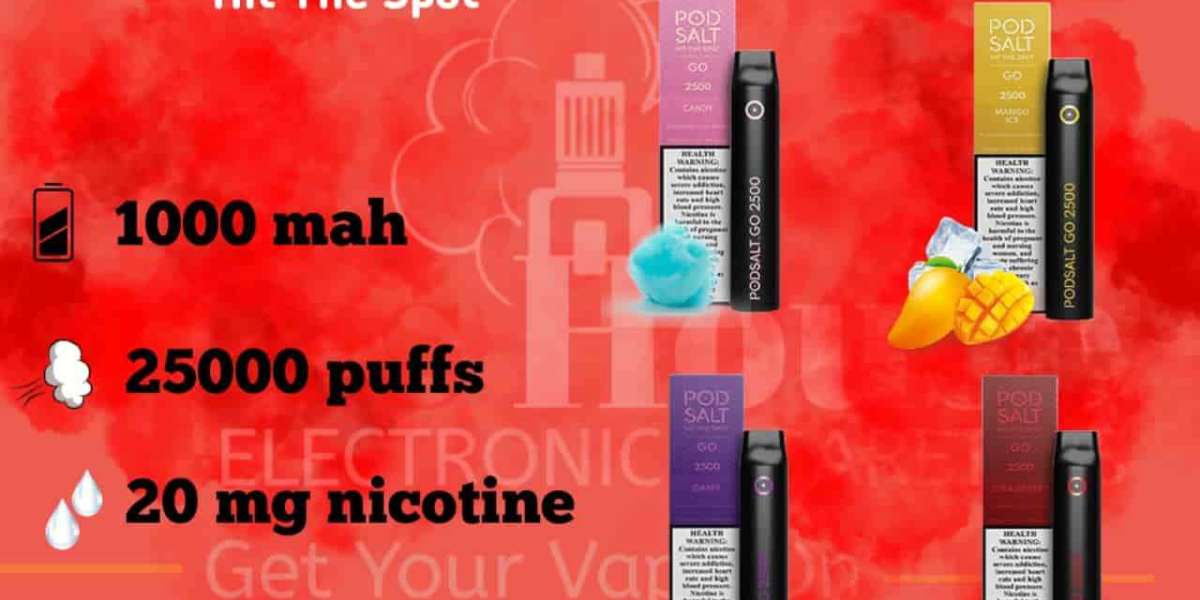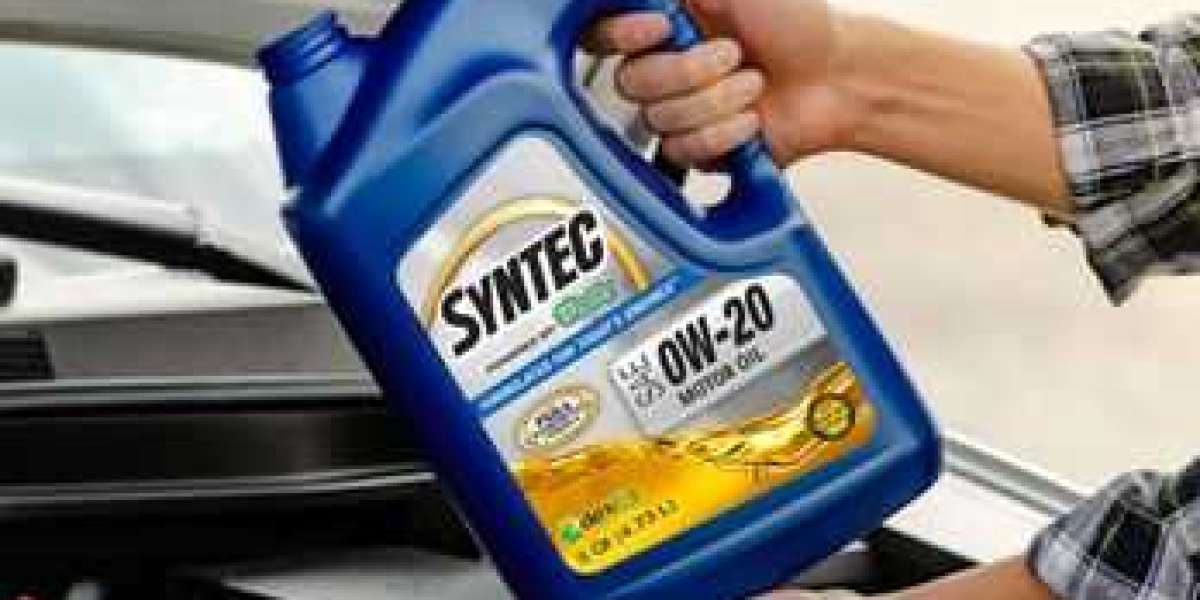In the past decade, vaping has taken the world by storm, evolving from a niche hobby into a mainstream alternative to traditional smoking. With the rise of various vape devices, e-liquids, and accessories, it can be overwhelming for both beginners and seasoned vapers to navigate this landscape. In this guide, we’ll dive deep into the world of vaping, covering its history, types of devices, benefits, risks, and everything else you need to know to make informed choices.
What is Vaping?
At its core, vaping is the act of inhaling vapor produced by an electronic device called a vaporizer or e-cigarette. Unlike traditional smoking, which burns tobacco to create smoke, vaping heats e-liquid (also known as vape juice or e-juice) to produce an aerosol or vapor. The e-liquid typically contains nicotine, flavorings, and other chemicals.
The History of Vaping
Vaping as we know it today traces its origins back to 2003 when Chinese pharmacist Hon Lik developed the first modern e-cigarette. However, the idea of inhaling vaporized substances isn't entirely new. In fact, forms of vaporization date back centuries, with ancient civilizations using rudimentary methods to inhale plant-based vapors.
Hon Lik’s invention was primarily aimed at creating a less harmful alternative to smoking. Since then, vaping technology has evolved, with modern devices offering more customization, better battery life, and a wider range of flavors and nicotine levels.
Types of Vape Devices
Vape devices come in various shapes, sizes, and styles, and they can generally be categorized into the following types:
1. Cig-A-Likes
These devices resemble traditional cigarettes and are often the go-to choice for beginners due to their simplicity and familiar shape. They’re usually pre-filled with e-liquid and disposable after the e-liquid is exhausted.
2. Vape Pens
Slightly larger than cig-a-likes, vape pens are cylindrical devices that allow users to refill e-liquid and replace the coil. They offer more battery life, improved vapor production, and a greater variety of e-liquid choices.
3. Pod Systems
Pod systems are compact, user-friendly devices that utilize replaceable pods filled with e-liquid. They come in both refillable and pre-filled variants. MYLE Pods and VIPPER are examples of popular brands that have gained traction for their convenience and portability.
4. Box Mods
Box mods are larger, more powerful devices that allow for extensive customization. Users can adjust wattage, temperature, and other settings to fine-tune their vaping experience. These devices are typically paired with tanks that hold the e-liquid.
5. Mechanical Mods
For the vaping enthusiast, mechanical mods are unregulated devices that offer no safety features or internal electronics. These require advanced knowledge of battery safety and Ohm's law, making them suitable for experienced vapers only.
Understanding E-Liquids
E-liquids are the key component of vaping, and they come in a variety of flavors and nicotine strengths. A standard e-liquid contains the following ingredients:
- Propylene Glycol (PG): This is a thin liquid that helps carry flavor and provides a stronger throat hit, mimicking the sensation of smoking.
- Vegetable Glycerin (VG): Thicker and sweeter, VG is responsible for producing large vapor clouds.
- Nicotine: Nicotine content can vary from zero to high levels (typically between 0 mg/mL and 50 mg/mL). Users looking to quit smoking often reduce their nicotine intake over time.
- Flavorings: Vape juices come in a wide range of flavors, from traditional tobacco to fruity, dessert, and beverage flavors.
Benefits of Vaping Over Smoking
Vaping has gained popularity as a smoking cessation tool, and while it is not without risks, many consider it a safer alternative to smoking. Some benefits include:
1. Reduced Harm
Unlike traditional cigarettes, which contain thousands of chemicals (many of which are harmful or carcinogenic), e-cigarettes contain fewer toxic substances. Public Health England has stated that vaping is “95% less harmful” than smoking, making it a viable harm-reduction option for smokers.
2. Control Over Nicotine Intake
Vaping allows users to gradually reduce their nicotine consumption. E-liquids come in various nicotine strengths, enabling smokers to wean themselves off nicotine over time.
3. Variety of Flavors
Vapers have access to thousands of flavors, offering a more enjoyable experience compared to the harsh taste of burning tobacco. From fruits to desserts, there’s a flavor for everyone.
4. No Lingering Smell
One of the downsides of smoking is the lingering smell of tobacco on clothes, skin, and breath. Vaping, on the other hand, leaves behind little to no smell, making it a more socially acceptable option for many.
5. Cost-Effective
While the initial investment in a vape device can be higher, the long-term costs of vaping are generally lower than buying cigarettes regularly. E-liquids and coils are more affordable, especially for heavy smokers who switch to vaping.
Risks and Concerns About Vaping
While vaping may be less harmful than smoking, it is not entirely risk-free. Here are some key concerns:
1. Health Risks
Although vaping reduces exposure to harmful chemicals compared to smoking, studies have found that it can still have adverse effects on lung health. The long-term effects of inhaling vaporized e-liquid are not yet fully understood, as vaping is a relatively new phenomenon.
2. Nicotine Addiction
E-liquids can contain high levels of nicotine, which is highly addictive. Non-smokers or younger individuals who start vaping may become addicted to nicotine. This has led to concerns about vaping becoming a gateway to traditional smoking.
3. Battery Safety
While rare, there have been incidents of vape devices exploding due to battery malfunctions. This can usually be avoided by using regulated devices and following proper battery safety protocols.
4. Youth Appeal
Flavored e-liquids have come under scrutiny for their appeal to younger demographics. The rise in teen vaping has prompted regulatory bodies to impose stricter controls on the sale of vaping products to minors.
Regulations Around Vaping
As vaping has grown in popularity, many governments have introduced regulations to control its sale and use. These regulations vary by country but often include:
- Age restrictions (typically 18 or 21+)
- Limits on nicotine content
- Bans on certain flavors (especially in regions concerned about youth vaping)
- Restrictions on advertising and promotion
It’s important to familiarize yourself with local regulations before purchasing or using vape products.
Top Vaping products:
- juul dubai
- myle pods flavors
- stig purple bomb
- VELO Nicotine Pouches Duabi
- al fakher
- Vape Bar Ghost Pro 3500 Puffs
- mighty mint vgod
- heets silver
- Vapes House vnsn spark 12000
- mango juul pods
- meta 9000
- nexus pod salt 6000
- ghost pro elite 7000 puffs
- Vapes House myle lush ice pods
- tugboat evo 4500
- tugboat 12000 puffs abu dhabi
- vnsn 12000
- Pod salt go Dubai
- vgod stig pods
How to Choose the Right Vape Device
If you're new to vaping, choosing the right device can seem daunting. Here are some factors to consider:
- Experience Level: Beginners may want to start with cig-a-likes or pod systems, while more experienced users might prefer box mods for greater control.
- Nicotine Preference: If you're a former smoker, consider a device that allows you to control your nicotine intake. Pod systems with nicotine salts provide a more satisfying throat hit, making the transition from smoking easier.
- Portability: If you're always on the go, opt for a compact, portable device like a pod system. Box mods, while powerful, can be bulky.
- Budget: Keep in mind that vape devices vary greatly in price. While pod systems are relatively affordable, mechanical and box mods can be expensive, especially when adding accessories like tanks and batteries.
Common Vaping Terms You Should Know
- Mouth-to-Lung (MTL): A vaping style where the vapor is first drawn into the mouth and then inhaled into the lungs. This mimics the experience of smoking a cigarette.
- Direct-to-Lung (DTL): A vaping style where the vapor is inhaled directly into the lungs, producing larger clouds and a more intense flavor experience.
- Ohms: A unit of electrical resistance used to measure the resistance of the coil in the vape device. Lower ohm coils produce larger clouds, while higher ohm coils provide a tighter draw.
- Coils: The heating element in a vape device that turns e-liquid into vapor. Coils need to be replaced regularly for optimal performance.
Tips for a Better Vaping Experience
- Stay Hydrated: Vaping can dehydrate you, so be sure to drink plenty of water throughout the day.
- Clean Your Device: Regularly clean your tank and replace the coil to avoid burnt flavors and ensure your device functions properly.
- Store E-Liquid Properly: Keep your e-liquids in a cool, dark place to preserve flavor and prevent degradation.
- Try Different Flavors: Experiment with different e-liquid flavors to keep your vaping experience exciting and enjoyable.
Conclusion
Vaping offers a versatile and customizable experience for those looking to reduce or quit smoking. With the wide variety of devices, e-liquids, and accessories available, it's important to choose products that suit your needs and preferences. Whether you're a seasoned vaper or just starting, this guide provides a comprehensive overview of everything you need to know about vaping.







